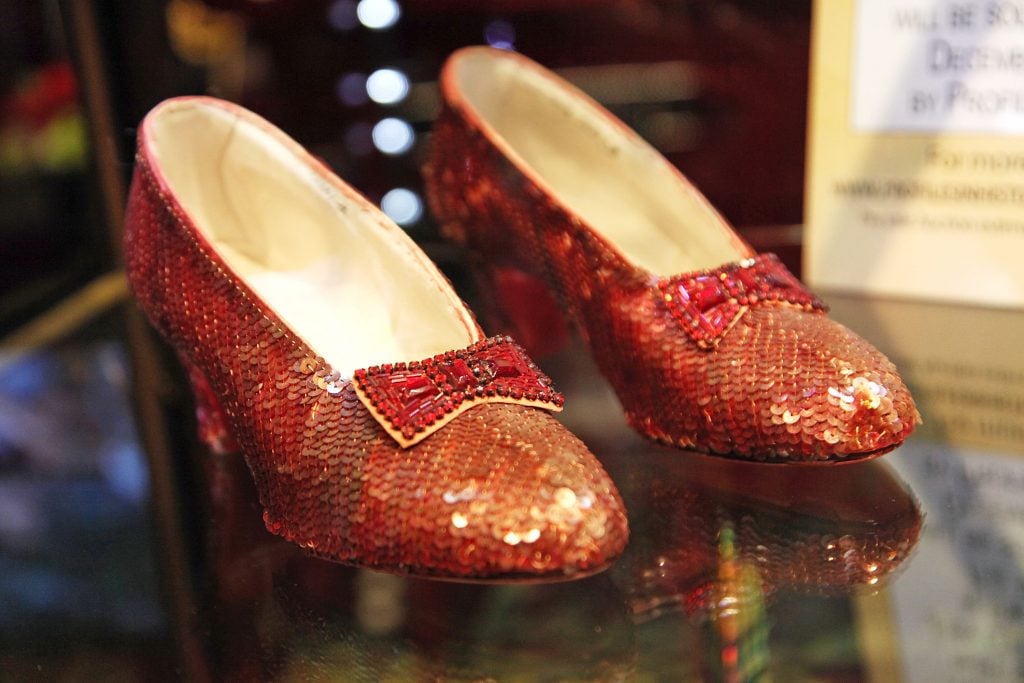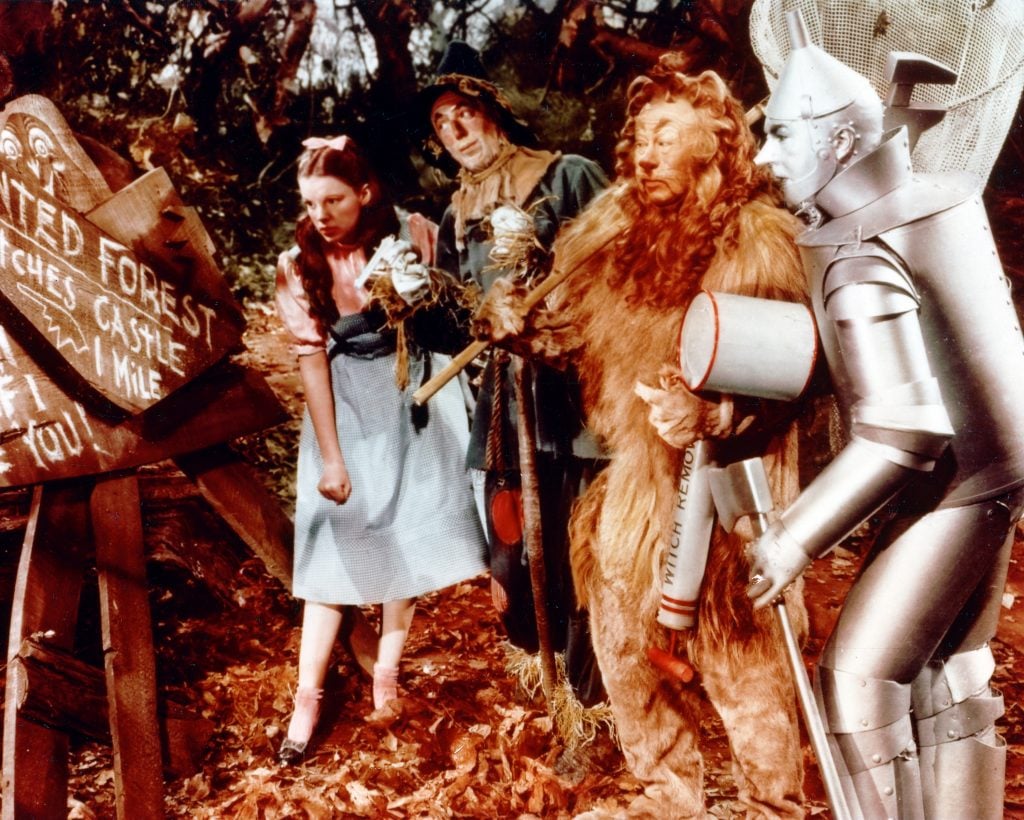Law & Politics
The Saga of the Stolen Ruby Slippers From ‘The Wizard of Oz’ Has Finally Ended
The slippers were worn by Judy Garland in the beloved 1939 film.

The slippers were worn by Judy Garland in the beloved 1939 film.

Artnet News

In a story that could rival any Hollywood crime thriller, the saga of the stolen ruby slippers worn by Judy Garland in the iconic 1939 film The Wizard of Oz has reached its conclusion with the sentencing (or lack of it) of Terry Jon Martin.
The 76-year-old, facing terminal illness, confessed to the theft in October. According to his lawyers, Martin was motivated by promises of wealth and succumbed to the temptation presented by an old associate within a mob gang. The ruby slippers were stolen from the Judy Garland Museum in Grand Rapids, Minnesota in 2005, and little was known about their whereabouts for years. In 2015, a $1 million reward was offered for information about their whereabouts, yet they remained missing.
The film industry has a long history of stolen props. One of the prop gold guns from 1975’s The Man with the Golden Gun film, worth $136,000, was stolen from Elstree Studios. In another Bond film Goldfinger (1964), one Aston Martin car disappeared, with reports suggesting sightings in Boston shortly thereafter.

Judy Garland, Ray Bolger, Bert Lahr, and Jack Haley, in costume as part of The Wizard of Oz 1939. Photo by Silver Screen Collection/Getty Images.
Now confined to hospice care with only months to live, Martin’s sentencing brings an end to an 18-year saga. His admission to smashing a display case and intending to sell the stolen slippers for profit reveals the depths of his desperation and the pull of his criminal past. Despite his involvement, Martin confessed that he had never seen The Wizard of Oz.
Chief U.S. District Judge Patrick Schiltz delivered the sentence—one year of supervised release and a restitution of $23,500 to the museum—with a mix of justice and compassion. Martin, reliant on oxygen therapy, stood as a stark contrast to his criminal past. The recovery of the slippers by the FBI in a sting operation years later marked a pivotal moment in the case, leading to Martin’s arrest.
With the stolen slippers recovered, the Judy Garland Museum can click their heels together and finally move forward, albeit with increased security.